Announcer:
The following program is a PBS Wisconsin original production.
Robin Vos:
We have an agreement on a transformational shared revenue deal that will also have the largest expansion of school choice since the program was originally founded.
Frederica Freyberg:
At the state Capitol, legislative leaders and the governor shake hands on shared revenue and school funding. And farther afield, smoke from Canadian wildfires creates dangerous air quality around the country and here in Wisconsin.
I’m Frederica Freyberg. Tonight on “Here & Now,” we get the latest on the shared revenue package hammered out late this week. Steven Potter reports on funding for K-12 schools. We talk to an expert on the recent problems with air quality and a former state senator joins to discuss a new bipartisan push to eliminate election misinformation. It’s “Here & Now” for June 9.
Announcer:
Funding for “Here & Now” is provided by the Focus Fund for Journalism and Friends of PBS Wisconsin.
Frederica Freyberg:
The headline from the state Capitol, there’s a shared revenue deal and a school funding package. On the first, that’s good news for local governments across Wisconsin who’ve been sounding the alarm on the need for an infusion of state funding, especially for police and fire services. The shared revenue package was designed to do just that, giving 20% of the money the state collects from the sales tax to local governments, but how the package treats Milwaukee nearly fell apart this week and threatened to put state budget work on hold. Milwaukee was originally given a 10% increase with the ability to raise more in sales tax, the additional bump tied to voters there. But Milwaukee, facing insolvency, worried the vote would fail. Legislative leaders were split and under tight deadline to come to an agreement with the governor. By week’s end, there was an agreement, and then some, including on school funding. We turn to Wisconsin Public Radio Capitol Bureau Chief Shawn Johnson for details. Hi, Shawn.
Shawn Johnson:
Hi, Fred.
Frederica Freyberg:
So what is in this most important shared revenue package?
Shawn Johnson:
I think we’ve been hearing about the broad strokes for weeks and months right now and all those are still in there. You’re going to have a portion of the state sales tax, 20% of the state sales tax going forward, will be dedicated to local governments. So as sales tax grows, local governments will get more money, which is a far cry from what they’ve been the last 20 years when they saw their fixed budget from the state cut three times. As far as the percentage of money that they get, it’s going to vary. Towns are going to get a larger percentage increase, but cities will get a larger dollar increase. Everybody will get at least a 20% increase in the package that was released this week and then there are those provisions in Milwaukee that were the most contentious but very key to that city that will let Milwaukee raise its sales tax by 2% and the county raise its sales tax by.4% without going to voters.
Frederica Freyberg:
Exactly, so does this end up, then, being a better deal in terms of shared revenue for local governments than was originally proposed by Republican legislators?
Shawn Johnson:
Yeah. I mean, I think if you measure it just against what has been proposed this year, they originally came out with a 10% floor for state payments to local governments. Governor Tony Evers said, you know, you’ve got to increase that funding or I’m going to veto this bill. The Assembly passed a version that had a 15% minimum. The version that came out in the deal this week between Governor Tony Evers and Republican leaders has a 20% floor. So just by the numbers, that’s a better deal. There are still all of these restrictions on local governments in terms of how they can spend the money. They have to maintain what they’re spending on police, for example, or they would be financially penalized. They can’t spend the money in Milwaukee’s case on the streetcar or in any case on diversity, equity and inclusion efforts. But just from a money standpoint, this deal is better than where Republicans started a month or so ago.
Frederica Freyberg:
As to the school funding part, how does that shape up?
Shawn Johnson:
We don’t have a lot of details beyond what they said in a press conference and a press release this week, but it sounds like they’re going to set aside a billion dollars between state and local property tax funding for schools and then there will also be funding dedicated to literacy, to school mental health, to special education. If you look at that total, you know, it’s bigger than Republican lawmakers have approved in years past, assuming the state does fund somewhere close to a billion dollars. It’s smaller than the nearly $2.5 billion that the governor proposed when he introduced his budget though earlier this year.
Frederica Freyberg:
So with about 30 seconds left, if there aren’t too many details out there, not too much meat on the bone for public consumption, presumably it’s still being worked up?
Shawn Johnson:
You know, I think you’re going to see the Republican element of the education budget released in the coming weeks, but the deal is seemingly set for this shared revenue package. They did say they want to get Democratic votes for it. We’ll see how it shakes out.
Frederica Freyberg:
Shawn Johnson, thanks very much for joining us from the Capitol.
Shawn Johnson:
Thanks, Fred.
Frederica Freyberg:
For more on how the state budget will treat school funding and the numbers negotiated between the Legislature and the governor, “Here & Now” reporter Steven Potter has details.
Woman:
I ask that you support closing the funding gap across all sectors of education in the state of Wisconsin.
Steven Potter:
As students prepare for another summer, lawmakers have now decided on details for one of the most contentious and expensive parts of the state budget process and that’s funding for Wisconsin’s K-12 schools. Like past budgets, everyone from education officials to teachers and parents have been asking for an increase in school funding.
Heather Dubois Bourenane:
I’m really scared about the state of Wisconsin’s public education system right now. We’ve historically under-resourced our kids for 40 years now, imposing just measure after measure that makes it harder and harder for kids to keep up and catch up.
Steven Potter:
That’s Heather Dubois Bourenane with the nonprofit advocacy group known as the Wisconsin Public Education Network. She says that some 40% of the testimony at the recent Joint Finance Committee hearings around the state have been educators, school board members, and other state residents asking for an increase in public education funding.
Kathleen Davis-Phillips:
It is absolutely crucial for Deforest and all Wisconsin public schools that this biennial budget makes up for what failed to do the last time by providing schools with an adequate and recurring funds by which we can operate effectively on.
Steven Potter:
Dubois Bourenane says one of the primary problems facing the state’s public education problem is a teacher shortage.
Heather Dubois Bourenane:
One of the reasons that we have such a teacher crisis right now in Wisconsin is because we don’t have a system where every district can afford to provide a living wage level of pay for all educators.
Steven Potter:
According to early details about a deal between Democratic Governor Tony Evers and Republican leaders in the state Legislature, the two sides have agreed to an increase in education funding in the upcoming state budget by $1 billion. That money will come from a mix of state aid and property taxes. It includes an increase of $97 million for special education and an increase of $30 million for student mental health initiatives. The new education funding package also includes state money for the private school choice voucher program. Specifically there, students in kindergarten through eighth grade voucher programs will get about $1,000 more annually and high school students in the voucher program will get $3,000 more per year. Nic Kelly is the president of the nonprofit advocacy group known as School Choice Wisconsin. He says there are many reasons why people choose private schools.
Nic Kelly:
Some people do it in terms of academics. Some do it in terms of situations that they resulted from a relationship with the public schools. They want out. Some people do it for religious reasons. But it’s really what a internal dynamic of a family wants.
Steven Potter:
Kelly says that the $7 billion state revenue surplus provides a lot of incentive for the school choice funding increase.
Nic Kelly:
Now is the time because parents are calling for it, right? It’s not an agenda of any one individual group. It’s the voice of the parents and the families across the state that want these opportunities and finding an education that is going to fit their child’s needs.
Steven Potter:
Dubois Bourenane says an increase in school funding is the right thing to do right now.
Heather Dubois Bourenane:
What kids need is pretty simple, and if we just put our funding priorities where those priority needs are, we could fix most of what’s wrong with how we do school funding in the state tomorrow. Let’s just do it.
Steven Potter:
For “Here & Now,” I’m Steven Potter.
Frederica Freyberg:
The ace of state budget number crunching who’s seen his share of capitol turmoil is Bob Lang. He’s the director of the Legislative Fiscal Bureau and has been for more than 40 years. He guides budget writers through their numbers and attaches fiscal notes to legislative bills which undersells, by a lot, his role. It’s a non-partisan position in a very partisan world, but it also takes extreme financial savvy and expertise. We turn to Bob Lang for that now. Thanks for being here.
Bob Lang:
Thank you.
Frederica Freyberg:
So we were just off reporting about this deal hatched for the shared revenue package. Why would budget negotiations have had to wait for that bill to be hashed before proceeding?
Bob Lang:
We sort of have two tracks going on. The shared revenue is really track one. It started prior to the budget even being introduced. There’s an interest on the part of the governor and an interest on the part of the legislators to dedicate a portion of the state sales tax to local governments in this program we call shared revenue. In a very brief background, the state enacted the first income tax in the country in 1911. At that time, the state prohibited local governments from having a local income tax but pledged in 1911 that the state would share its revenues with local governments. Hence, the shared revenue program that has been there forever. And much of the time it was there, it actually was taking portions of sales taxes and other taxes and dedicating them to local aid to local governments: towns, villages, cities, counties. So for the last 20 years or so, there’s really been no increase in shared revenue payments to local governments. We’ve gotten off the formulas that were there and they’ve been basically quite flat. And so the governor and the legislature both felt we should dedicate a portion of sales taxes. One cent of the five cents. It’s about a $1,500,000,000 a year. We would dedicate to local governments for a number of local government programs. One of them being the shared revenue formula. And so that bill had another major component and that was to attempt to assist the city and the county of Milwaukee, because they’re dealing with some serious fiscal issues there. So the two main elements were the amount of money given back to local governments and ways to address Milwaukee’s situation, both in the county and in the city. And it was a separate track. Now the budget began, budget came in February 15th. Joint Committee on Finance has been working on it really since then. We’re very seriously working on it now. Hope to finish by July 1. But it was sort of a 2-track process and they became sort of intertwined a day or two ago.
Frederica Freyberg:
That’s right, intertwined because they also announced the K-12 funding package kind of at the same time.
Bob Lang:
Right.
Frederica Freyberg:
How complicated are fitting all these pieces together in a spending bill this big with so many moving parts?
Bob Lang:
Well, it’s not a simple task clearly. So when we have two bills, the money will be one bill. Another bill will be aspects that will require money in the second bill, and so we’re sort of navigating ourselves through this sort of 2-step process.
Frederica Freyberg:
You just said that because things are now kind of moving, unclogged, they’re moving along quickly, you think that the work will be completed by July 1, which of course is the start of the new fiscal.
Bob Lang:
I think the legislature is very set on passing the bill through the Finance Committee and both Houses of the Legislature by July 1, and they’re on target to do so.
Frederica Freyberg:
So as to this biennial budget, by any measure, it could be regarded as budget writers working with a massive surplus, this $7 billion surplus. Where did that come from?
Bob Lang:
It’s really interesting. It really came about through the pandemic, and I think in March or so of 2020 when everybody thought everything was going to collapse, the federal government came in with numerous bills that really helped not only governments but individuals and businesses. And the state of Wisconsin in total, we probably got about $58 billion. Some of it went to individuals, checks. Some of it went on unemployment insurance, checks that were increased. Some of it went to help businesses, some of it went to help governments. And during that time, we had inflation starting to creep up and basically our sales tax collections were looking strong, and then because of the help that the federal government gave to businesses and others so they wouldn’t really go under and we’d keep payrolls there, income taxes and corporate taxes were really strong. So we actually ended the 2021 fiscal year with about $2.6 billion, which was a large number for us in terms of a balance. The end of 2021/’22, it went to $4.3 billion and now it’s about $7 billion that we expect within about two and a half weeks on June 30th of this year. So it’s really accumulated over that period of time. But as you indicated, it is the largest amount of surplus money that the state has ever had going into a budget period.
Frederica Freyberg:
I wish we could talk more about that but our time is up. Good luck to you and the budget writers in the final throes of this biennial process.
Bob Lang:
Thank you. I enjoyed being here. Thank you very much.
Frederica Freyberg:
In election news following conspiracies on steroids in the 2020 presidential race as a formidable swing state, Wisconsin is now gearing up for 2024. With that, a new chapter of the group called Keep Our Republic launched here this week. It’s a bipartisan advisory council designed to build trust, respect and confidence in the Wisconsin election system. Members in Wisconsin include former Democratic lieutenant governor Barbara Lawton, former representative David Bowen, a Milwaukee Democrat and former governor Tommy Thompson. Director of the Wisconsin Keep Our Republic is former Republican state senator and long-time county election clerk Kathy Bernier. She joins us now from Chippewa Falls. Thank you for being here.
Kathy Bernier:
You’re very welcome. It’s my pleasure.
Frederica Freyberg:
So how do you build trust, respect and confidence in the Wisconsin election administration and system?
Kathy Bernier:
Well, it starts with education and building knowledge among the average electorate and so that is our mission, to go around the state and educate individuals and community leaders on how the election system works. Where the checks and balances are and the confidence that they can hold that everything in the state of Wisconsin is backed up on paper.
Frederica Freyberg:
Why did you feel it was important to not just join this group but now be its director in Wisconsin?
Kathy Bernier:
As you know, I was a vocal critic of people who questioned the election officials in the electoral system, and a friend of a friend contacted me to ask me if I would consult and advise Keep Our Republic. I looked into their mission. I spoke with the executive director, and I thought this was a really good fit for me. And so we are just off and running.
Frederica Freyberg:
So what do your fellow Republicans across Wisconsin think about this group?
Kathy Bernier:
Well, nothing different than they thought about me. They appreciated my honesty and my openness and this is truly a bipartisan group and it’s not just me. I really want to give kudos to my advisory council. When I contacted Democrats and Republicans asking them to serve on this advisory council, they were eager. Both Democrats and Republicans have questions about our electoral system in general, that election denial is not unique to January 6th people. It’s gone on since, clearly, 2016, and everyone wants to dig in and say once all eligible voters have voted, once the votes have been cast, once they’ve been counted, we all need to respect and accept the election results.
Frederica Freyberg:
As you noted just a bit ago, you pushed back on these conspiracies in the 2020 election. What in your mind was the most egregious of those?
Kathy Bernier:
I think — there were so many things. I think the individuals that came to the Capitol and the individuals calling to decertify the election and for the blazing gun that they found, the smoking gun, that this was an issue and that was an issue when, in fact, all they needed to do is to go to an election official, ask them questions about the information that they think they have or the Wisconsin Election Commission, and get the factual information behind what they were saying. That was the most frustrating thing, is they weren’t eager to find out the facts and the truth. They were just going to disseminate misinformation. It was very frustrating.
Frederica Freyberg:
How do you expect to educate people across the state of Wisconsin about how elections work in Wisconsin?
Kathy Bernier:
Well, one of the first things I had to do in the first two months that served in for Keep Our Republic is set up an advisory council and then I had to create a plan. So Pennsylvania, Michigan are also creating plans on how to educate their public. In Wisconsin, local government is very important to our communities and to the voters of the state of Wisconsin. So the first thing I did is create a plan that involved county clerks, poll workers, municipal clerks and others within the community to come together and once we have the conversation, educate each other on the electoral system, then they can then disseminate factual information to the voters.
Frederica Freyberg:
With just about a minute left, as former president Donald Trump winds into his re-election campaign, what are your concerns for Wisconsin?
Kathy Bernier:
My concerns are always the same personally. Keep our Republic doesn’t care who is on the ballot. We are bipartisan and non-partisan, and so whoever is on the ballot, here’s what we plan to do, but it doesn’t really concern me who is on the ballot. If Donald Trump has his legal issues, if Joe Biden or his family have their legal issues. Good, that is what our media and our justice system is supposed to do. What we need to do is just listen and watch and learn from all of the candidates running for office, Democrat and Republican, and we want honesty and integrity in the information you give us. That simple.
Frederica Freyberg:
All right. We leave it there. Kathy Bernier, thanks so much.
Kathy Bernier:
Thank you.
Frederica Freyberg:
In environmental news, headlines describe Canada as baking and burning this spring. Canadian wildfires have had their effect here in Wisconsin in this unusually hot, dry June. We’ve had some relief now but what scientists call fine particulate matter from the fires can easily get into the lungs and cause serious health problems. We check in with Craig Czarnecki from the Department of Natural Resources for more.
Craig Czarnecki:
We, since 2012, have not issued an advisory for PM2.5, the fine particulate matter. We’ve had four this spring. So we haven’t had to issue any in the last 11 years or so and this spring, from the wildfires in western Canada — no, eastern Canada, we’ve had four, so it’s definitely been an unprecedented spring as far as wildfire impacts here in Wisconsin. Typically, we’ve seen wildfires like this impact Wisconsin with the smoke usually later in the summer. Typically when it’s hotter and drier, but that seems to be happening a little bit earlier than usual and that’s actually happened the past couple years.
Frederica Freyberg:
And so if there is an air quality alert like that describing it as unhealthy for sensitive groups, what should people do?
Craig Czarnecki:
Yeah. So when we have an advisory that’s called “unhealthy for sensitive groups,” that would include people with heart and lung ailments or heart disease, lung disease, asthma, things like that, and then other people would include the elderly and young children as well since their lungs are still developing. So when we have an advisory for “unhealthy for sensitive groups,” we just ask people in those groups to consider shortening their outdoor activities, less intense outdoor activities as well and then if they are having any symptoms like coughing or shortness of breath, that would be a sign to maybe take a break and take it a little bit easier on those days.
Frederica Freyberg:
So you also monitor for ozone, and what is ozone?
Craig Czarnecki:
So ozone is a combination of a few different pollutants, mainly volatile organic compounds and oxides of nitrogen. These are two different pollutants. The number one source of those are mobile sources like cars and trucks, and these pollutants react in the atmosphere with heat and sunlight to form ozone. So that’s why on those really hot, sunny days, that’s when we’re typically seeing those elevated levels of ozone pollution.
Frederica Freyberg:
And what is an elevated level of ozone? What does that do to a person’s health?
Craig Czarnecki:
Yep. So, again, that would impact folks with breathing issues, asthma, things like that. You’re going to be a little bit more sensitive. You’ll feel those, you might have a little shortness of breath, perhaps some coughing, things like that.
Frederica Freyberg:
And did some of those higher levels of ozone that you were monitoring happen earlier as well this year?
Craig Czarnecki:
Yes, we’ve actually issued — we’ve had nine ozone advisories so far this spring, which is a little bit higher than normal. Although the last few years, we have been seeing a slight increase in the number of ozone advisories we’ve been issuing in spring, but we’ve had nine so far this year and those have ranged from the unhealthy to sensitive groups to a little bit of that unhealthy level as well.
Frederica Freyberg:
And meanwhile, those two things kind of happened at the same time, the wildfires and the ozone levels.
Craig Czarnecki:
Yes. This has been a very interesting spring. I know other people in the program, along with myself, haven’t really seen a spring like this before. We’ve had some really — in mid-May, we had wildfire impacts from out west and then we had really hot, stagnant weather with a number of ozone advisories issued with this weather-blocking pattern, the air gets stagnant and those pollutants don’t have anywhere to go because the conditions are pretty calm. So once that finally blew out, then the wind shifted and now we’re getting wildfire smoke, or we were getting wildfire smoke from eastern Canada. So it’s just been kind of a really unlucky run of circumstances here that have caused the air quality issues over the past few weeks here.
Frederica Freyberg:
Meanwhile, are scientists and your agency considering that this could be kind of the new normal going forward or that it could get kind of worse and worse in these ways through the years?
Craig Czarnecki:
We are seeing that these wildfire impacts are happening a little bit earlier than they typically have been and that’s been the last few years we’ve been seeing that. Again, those hot, dry conditions, those are just lasting longer out west and up in Canada as well. So we don’t like to think it’s getting worse, but the chances of seeing more of these wildfire impacts seem to be something that this will be more of a — not as unusual, I suppose, as it has been in the past. We’re seeing these happen a little bit more often with these really hot, really dry conditions here.
Frederica Freyberg:
For more on this and other issues facing Wisconsin, visit our website at PBSwisconsin.org and then click on the news tab. That’s our program for tonight. I’m Frederica Freyberg. Have a good weekend.
Announcer:
Funding for “Here & Now” is provided by the Focus Fund for Journalism and Friends of PBS Wisconsin.
Search Episodes

Donate to sign up. Activate and sign in to Passport. It's that easy to help PBS Wisconsin serve your community through media that educates, inspires, and entertains.
Make your membership gift today
Only for new users: Activate Passport using your code or email address
Already a member?
Look up my account
Need some help? Go to FAQ or visit PBS Passport Help
Need help accessing PBS Wisconsin anywhere?

Online Access | Platform & Device Access | Cable or Satellite Access | Over-The-Air Access
Visit Access Guide
Need help accessing PBS Wisconsin anywhere?

Visit Our
Live TV Access Guide
Online AccessPlatform & Device Access
Cable or Satellite Access
Over-The-Air Access
Visit Access Guide
 Passport
Passport


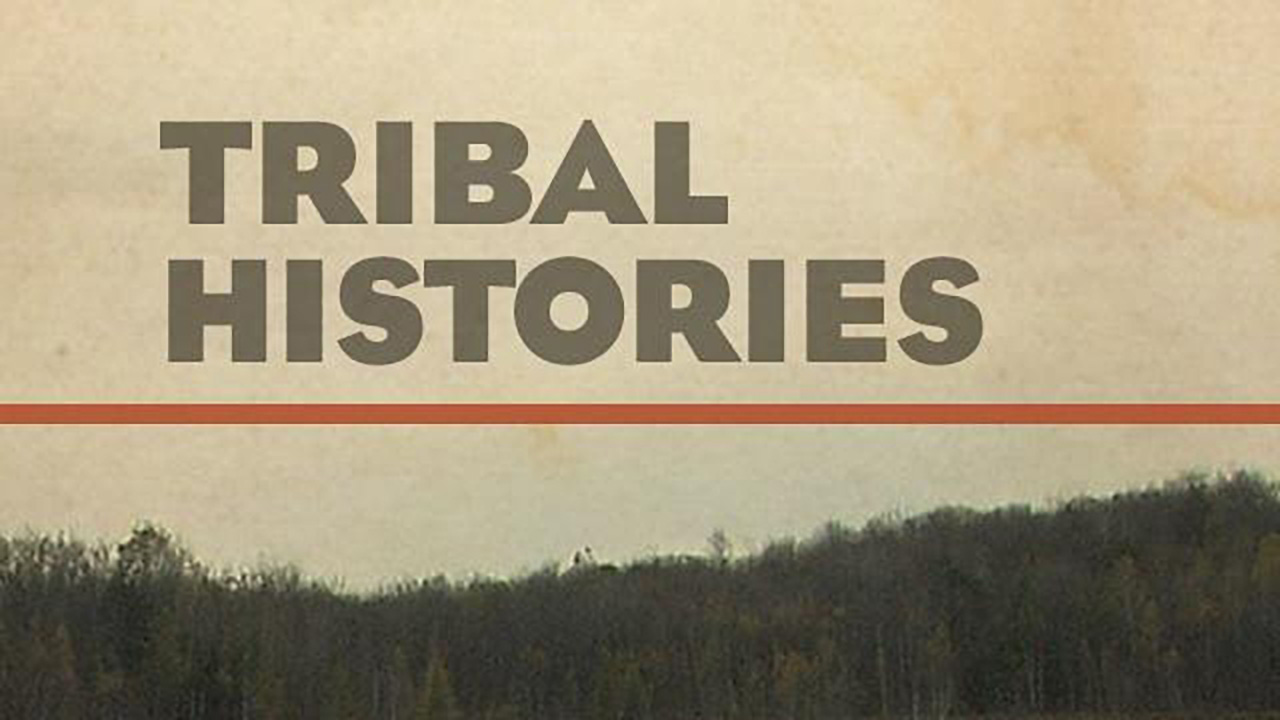
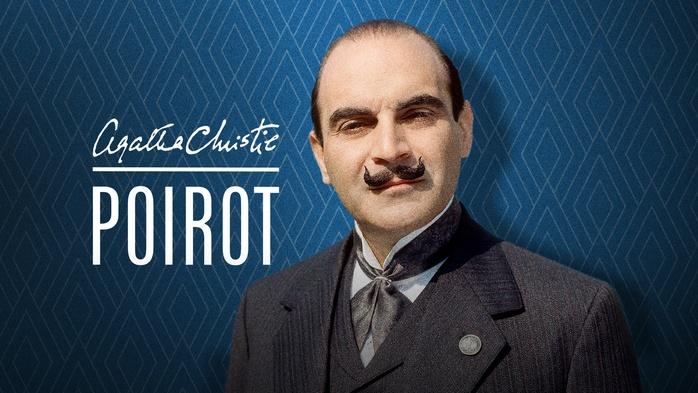

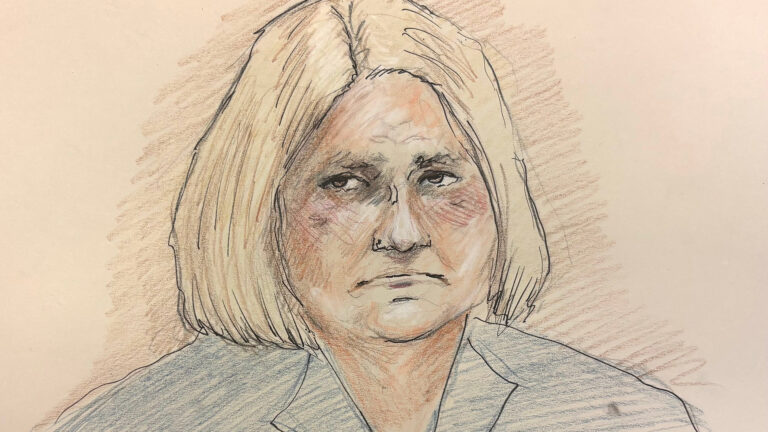
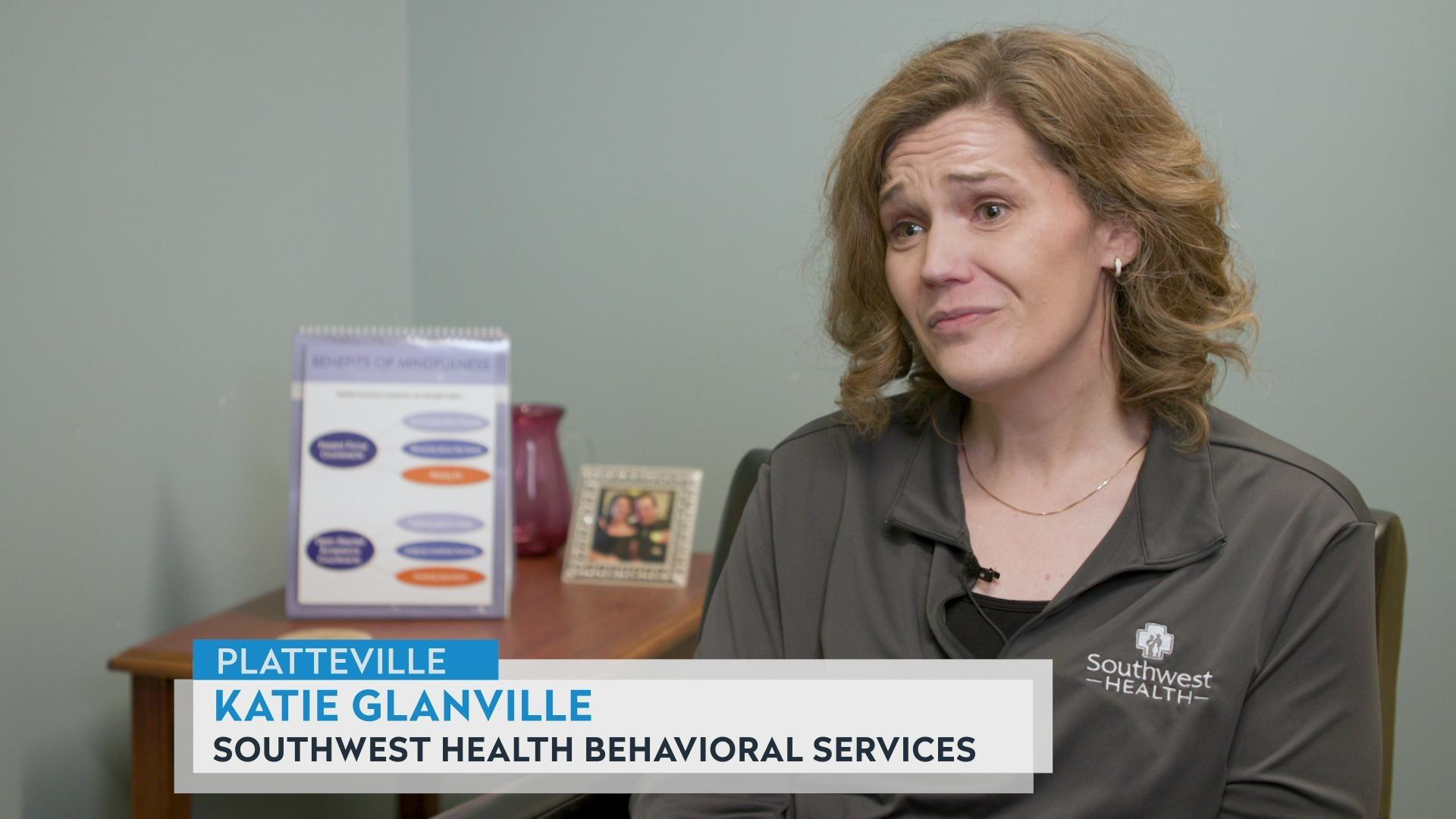






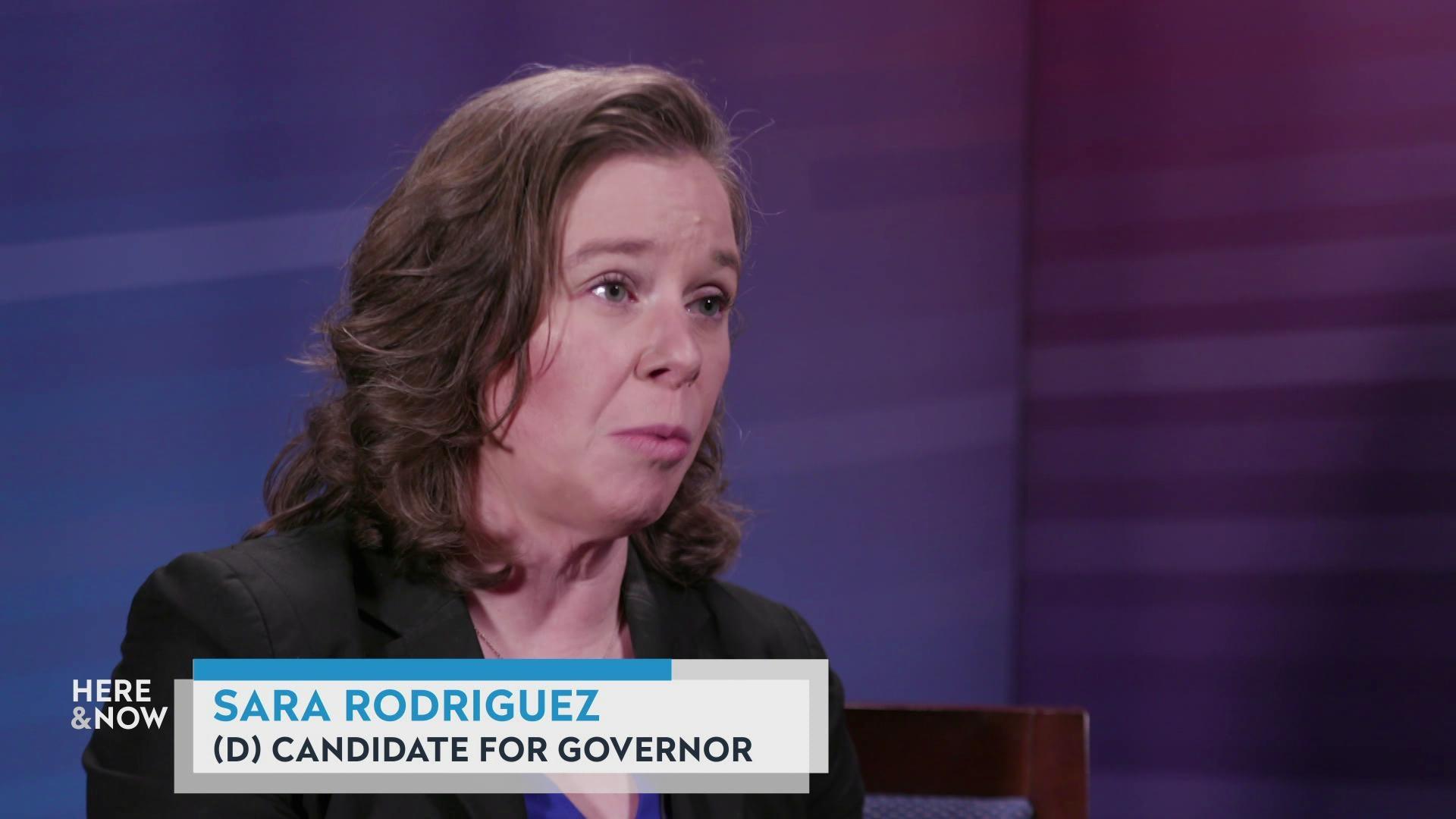
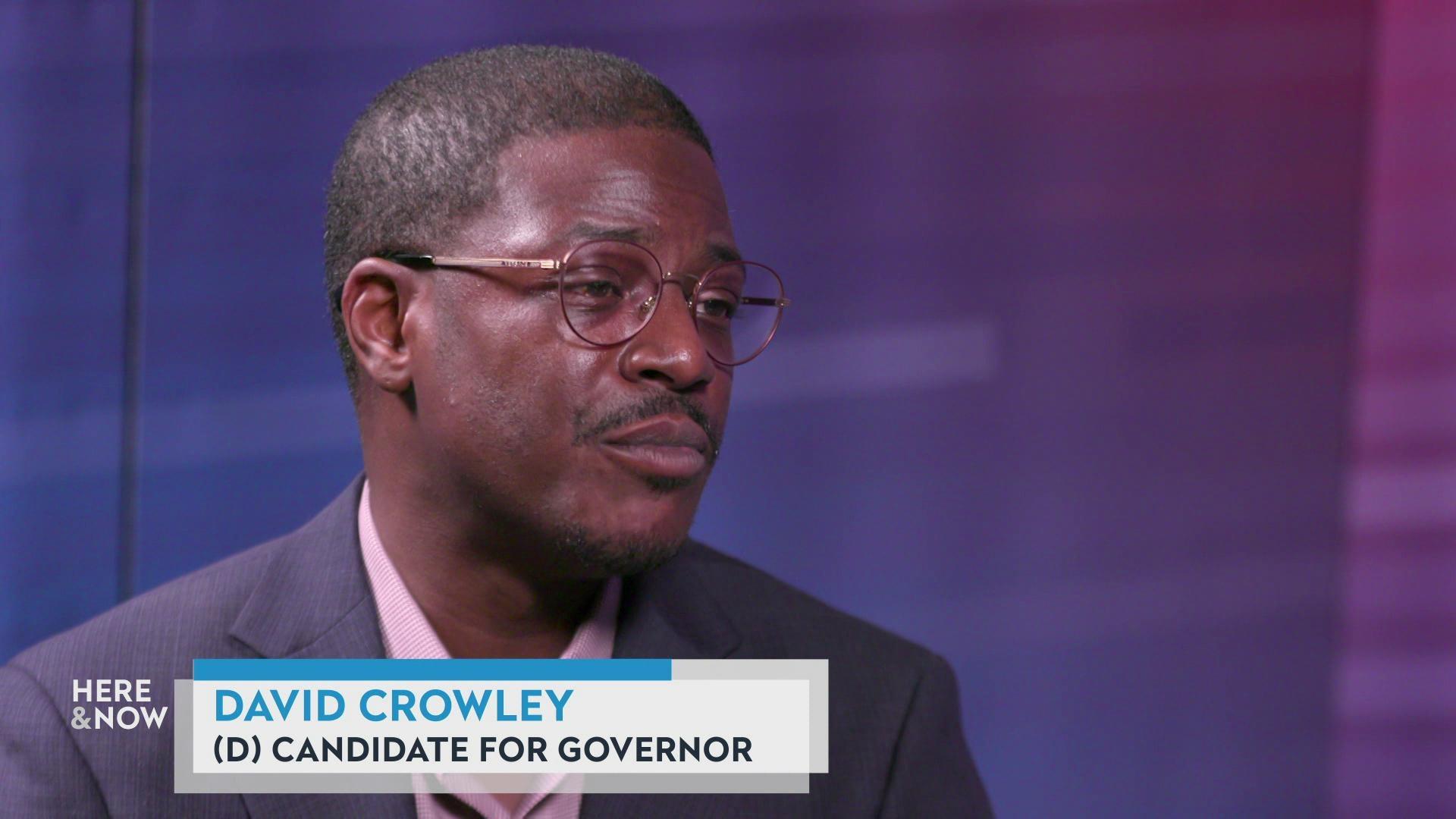
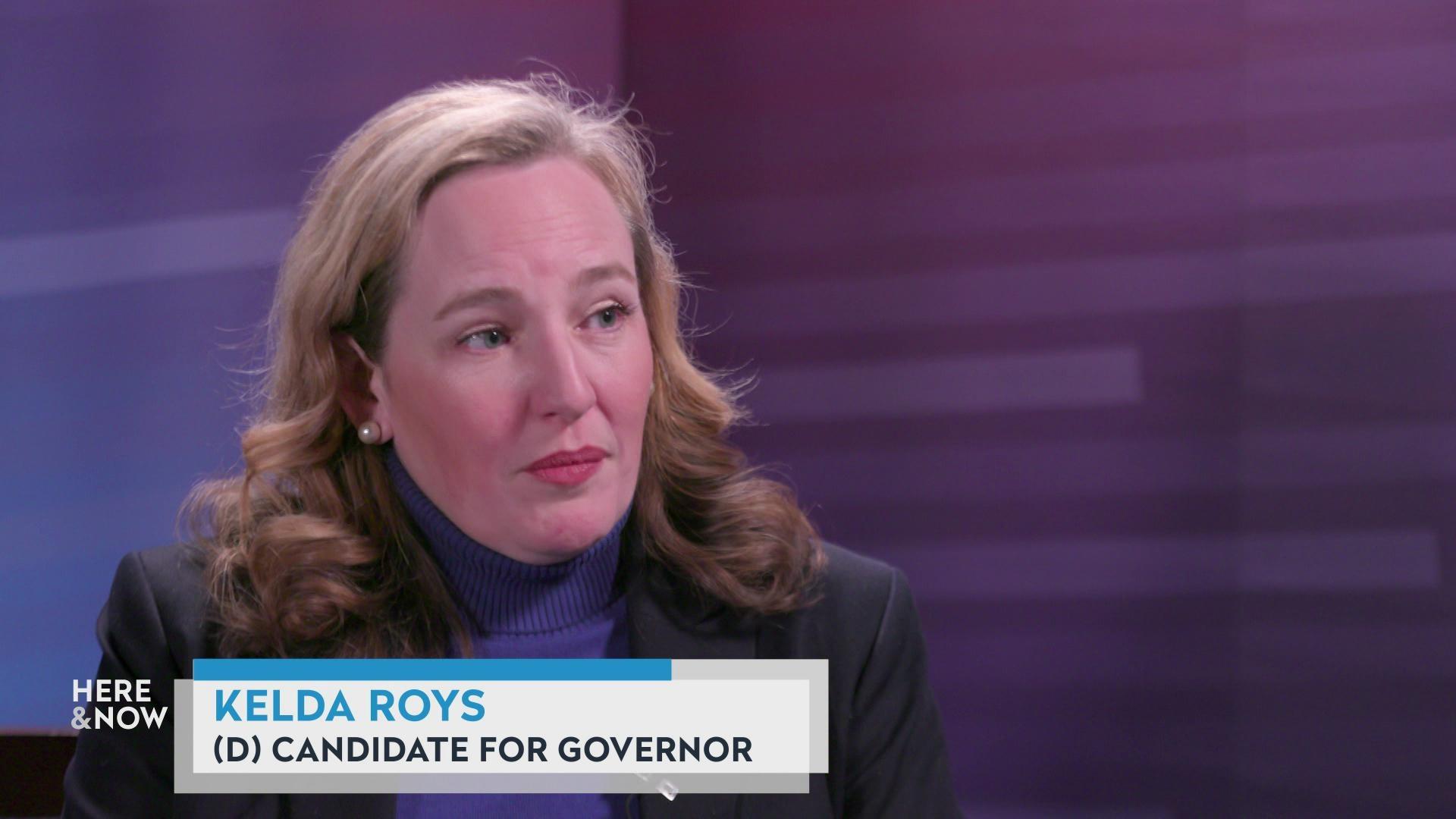
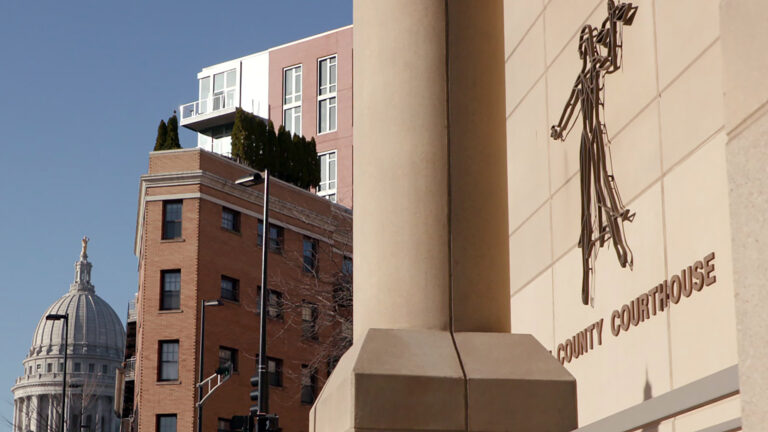

Follow Us